Living off the grid may seem like a romantic and adventurous lifestyle, but it’s important to remember that it comes with its own set of challenges and potential risks. In order to ensure a safe and secure lifestyle, it is crucial to have the proper knowledge, resources, and preparation. Whether you’re a seasoned off-grid dweller or just starting out, it’s important to assess the potential dangers in your region, have an emergency kit on hand, and take precautions to protect yourself from wild animals and dangerous individuals. By acquiring the necessary skills, resources, and carefully planning your off-grid lifestyle, you can enjoy the freedom and self-sufficiency that this way of life offers while staying safe.
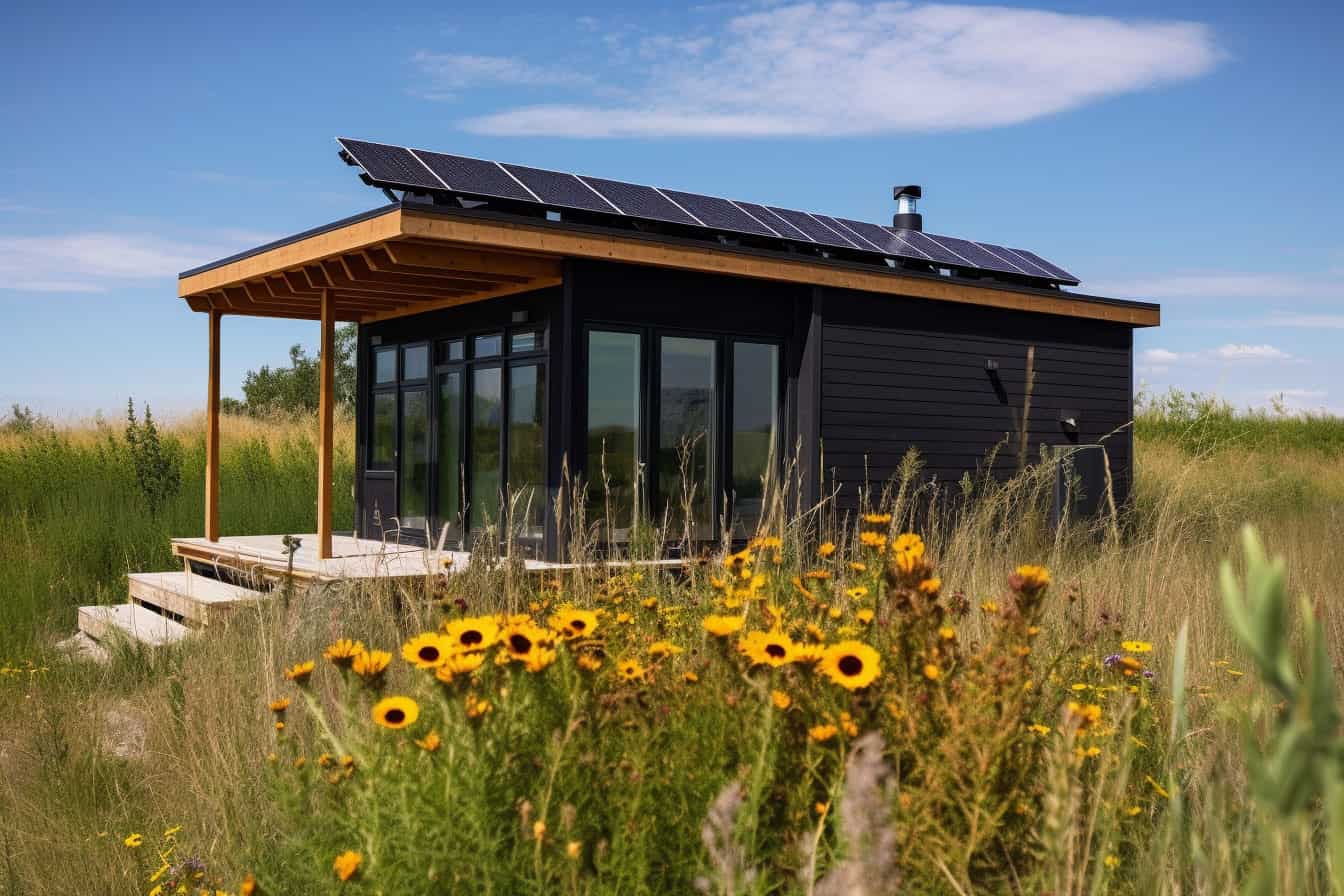
Assessing Risks for off-grid Living
Living off the grid can be an exciting adventure, allowing you to disconnect from the stresses of modern life and embrace a simpler, more self-sufficient lifestyle. However, it is important to acknowledge that certain regions may pose potential risks for off-grid living. Before embarking on this journey, it is crucial to thoroughly understand and assess these risks in order to ensure your safety and the success of your off-grid lifestyle.
Understanding potential risks in certain regions
When considering off-grid living, it is essential to research and gain a thorough understanding of the specific region you plan to settle in. Different areas come with their own unique challenges and potential dangers. For example, regions with extreme weather conditions, such as frequent hurricanes or wildfires, may pose risks to off-grid dwellers. Additionally, areas with a high prevalence of dangerous wildlife or a history of natural disasters could also increase the level of risk.
By understanding the potential risks associated with a particular region, you can make informed decisions and take necessary precautions to mitigate these risks. Conduct thorough research, consult with local authorities or experienced off-gridders, and reach out to the off-grid community for insights and advice.
Identifying specific dangers in the area
Once you have chosen a region for your off-grid lifestyle, it is crucial to identify the specific dangers that may be present in that area. This includes understanding the potential risks posed by wild animals, hazardous terrain, or even dangerous individuals who may inhabit the area.
For example, if you are living in an area with a high concentration of predators, it is important to know how to prevent encounters and protect yourself and your property. If you are residing in an area prone to earthquakes or floods, you should be aware of the necessary precautions to take in order to ensure your safety during such events.
By identifying the specific dangers in your area, you can develop strategies and implement safety measures to mitigate these risks. This may involve implementing security measures to deter potential threats, learning self-defense techniques, or acquiring the necessary skills and resources to handle emergencies effectively.
Emergency Preparedness for off-grid Living
Living off the grid may offer a sense of freedom and self-reliance, but emergencies can happen anywhere, regardless of the safety of the area. That is why it is crucial to have an emergency kit and a well-thought-out emergency plan in place.
Importance of having an emergency kit
An emergency kit is a collection of essential items that can sustain you and your family in the event of an emergency or natural disaster. Regardless of whether you are living in an area with low risks, emergencies can happen unexpectedly, and having an emergency kit can make all the difference in a crisis situation.
Your emergency kit should include items such as non-perishable food, water, first aid supplies, flashlights, batteries, a radio, extra clothing, blankets, and any necessary medications. It is important to regularly check and update your kit to ensure that all items are in working condition and within their expiration dates.
Essential items to include in the kit
In addition to the basic necessities mentioned earlier, your emergency kit should also include specific items tailored to your unique needs and the potential risks in your area. For example, if you live in an area prone to wildfires, including a fire extinguisher or fireproof blanket in your emergency kit is crucial. If you reside in an area with harsh winters, having additional heating sources, warm clothing, and extra blankets is necessary.
Consider the specific risks in your region and gather the necessary supplies to address those risks. It is always better to be over-prepared than to find yourself in a vulnerable situation during an emergency.
Creating an emergency plan
Having an emergency kit is essential, but it is equally important to have a comprehensive emergency plan in place. This plan should outline steps to take in different emergency scenarios and facilitate a coordinated and organized response.
Your emergency plan should include information such as safe meeting points, designated responsibilities for each household member, contact information for emergency services, and nearby neighbors or friends who can provide assistance. It is crucial to regularly review and practice your emergency plan with all members of your household to ensure that everyone understands their roles and knows what to do in an emergency.
Remember, emergencies and disasters can be highly stressful situations, and having a well-thought-out plan can help reduce panic and facilitate a safer outcome for you and your loved ones.
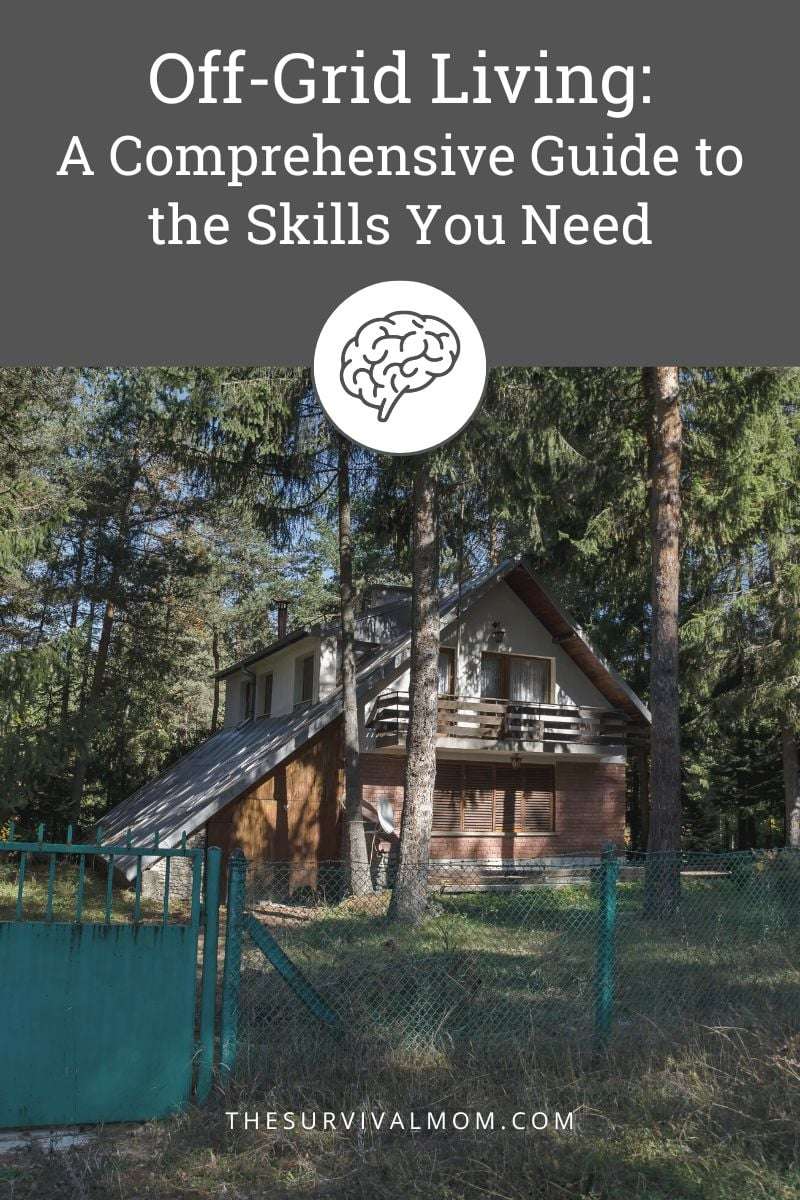
Safety Precautions for off-grid Living
Living off the grid can evoke feelings of adventure and independence, but it is important to prioritize safety and take necessary precautions to protect yourself and your property.
Importance of self-awareness and vigilance
One of the fundamental safety precautions for off-grid living is self-awareness and vigilance. In a remote and potentially isolated environment, it is essential to be aware of your surroundings and any potential risks. This includes being attuned to changes in weather conditions, observing wildlife behavior, and being aware of any suspicious activities or individuals in the area.
By staying vigilant and practicing self-awareness, you can mitigate potential risks and take appropriate actions to ensure your safety. Trust your instincts and be prepared to react swiftly if you perceive any potential threats or dangerous situations.
Implementing security measures for protection
Living off the grid often means being responsible for your own security. Implementing security measures can be vital to deter potential threats and protect your property. This may include installing security cameras, motion sensor lights, or even alarm systems to detect any unauthorized access to your property.
Additionally, maintaining good communication with your neighbors or joining local off-grid communities can provide an extra layer of security. Close-knit communities often look out for one another and can offer support, advice, or assistance in times of need.
Avoiding dangers while living off the grid
While living off the grid offers a myriad of opportunities, it is important to be cautious and vigilant when it comes to potential dangers. These dangers may include hazardous terrain, extreme weather conditions, or even the risk of starting a wildfire due to improper handling of fire.
To avoid potential dangers, it is crucial to be knowledgeable about the area you are living in. Understand the local flora and fauna, learn how to navigate rough terrains safely, and familiarize yourself with the appropriate ways to handle fire and other potential risks.
Understanding the risks of self-reliance
Although self-reliance is a cornerstone of off-grid living, it is important to acknowledge that relying solely on oneself can pose risks. In cases of emergencies or unforeseen circumstances, having a network of support or access to resources beyond your own can make all the difference.
Building a community network of like-minded individuals who also embrace off-grid living can provide support, collaboration, and assistance in times of need. It is important to establish relationships with individuals who can offer help or expertise when faced with challenges that may exceed your personal capabilities.
By finding a balance between self-reliance and creating a supportive network, you can enhance your safety and ensure a more sustainable off-grid lifestyle.
Foraging and Food Safety off-grid
Living off the grid often involves relying on the land for sustenance, and foraging for wild edibles is a common practice. However, it is essential to understand the potential dangers associated with foraging and take necessary precautions to ensure food safety.
Dangers of foraging in the wild
Foraging for wild edibles can be an enjoyable and rewarding experience, but it also comes with inherent risks. One of the primary risks is misidentifying poisonous plants and mushrooms, which can lead to severe illness or even death if ingested.
Additionally, there is the potential danger of encountering wild animals while foraging. Some animals may be territorial or aggressive, posing a threat to your safety. It is crucial to be knowledgeable about the wildlife in your area and understand how to prevent encounters and respond appropriately if faced with a dangerous situation.
Identifying safe edible plants and mushrooms
Before engaging in any foraging activities, it is imperative to educate yourself about safe edible plants and mushrooms in your region. This can be achieved through field guides, workshops, or by learning from experienced foragers in your community.
Take the time to familiarize yourself with the distinct characteristics, seasons, and habitats of edible plants and mushrooms. Always cross-reference multiple sources before consuming any wild edibles to minimize the risk of misidentification.
Avoiding poisonous plants
While it is important to identify safe edibles, it is equally vital to be able to recognize and avoid poisonous plants in your surroundings. Familiarize yourself with common toxic plants and learn to distinguish them from their edible counterparts.
When foraging, use caution and be mindful of the plants you encounter. If you are unsure about the safety of a particular plant or mushroom, it is best to err on the side of caution and avoid consuming it.
Hunting and fishing as alternative food sources
In addition to foraging, hunting and fishing can provide alternative food sources for off-grid living. However, it is important to approach these activities with respect for wildlife and follow sustainable and ethical practices.
Before engaging in hunting or fishing, ensure that you are familiar with local regulations, including obtaining any necessary licenses or permits. Familiarize yourself with proper hunting and fishing techniques, as well as methods for processing and storing game or fish to maintain food safety.
Remember, the goal is to live in harmony with nature while ensuring your own sustenance and survival. Respect the environment, follow local regulations, and prioritize the safety and conservation of wildlife.
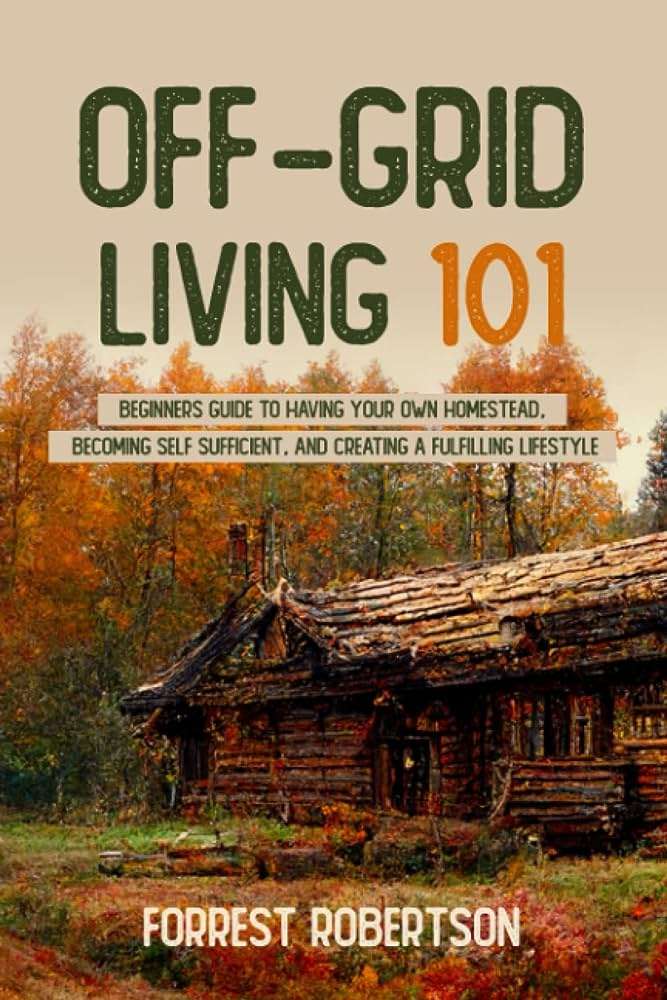
Winter Survival Tips for off-grid Living
Winter is a particularly challenging time for those living off the grid. Harsh weather conditions, reduced access to resources, and increased risks make it crucial to prepare and take appropriate measures to ensure survival and safety.
Preparing for harsh winter conditions
Before winter arrives, it is essential to thoroughly prepare your off-grid dwelling for the challenges that come with the season. This includes ensuring that your shelter is weatherproof, insulated, and capable of withstanding winter weather conditions. Repair any leaks or weak points in your dwelling to prevent heat loss and water damage.
Ensuring sufficient heating and insulation
Proper heating and insulation are critical for surviving the cold temperatures of winter. Depending on your location and available resources, consider installing a reliable heating system such as a wood-burning stove, a pellet stove, or a propane heater. Insulate your living space effectively to retain heat and minimize energy consumption.
To further conserve heat, utilize natural thermal sources such as sunlight by strategically placing windows and utilizing passive solar heating techniques. Also, consider investing in high-quality insulation materials to prevent drafts and heat loss.
Managing snow and ice hazards
Heavy snowfall and icy conditions can pose hazards, making it essential to effectively manage snow and ice around your property. Regularly shovel and clear snow from walkways, outdoor structures, and paths to prevent accidents and ensure accessibility.
In areas with frequent snow accumulation, consider investing in reliable snow removal equipment, such as snow blowers or plows. Additionally, store an ample supply of ice-melting substances, such as salt or sand, to prevent ice buildup and reduce the risk of slips and falls.
Recognizing signs of hypothermia and frostbite
The risk of hypothermia and frostbite increases significantly during the winter months. It is crucial to recognize the signs and symptoms of these conditions and respond promptly if they occur.
Symptoms of hypothermia may include intense shivering, drowsiness, confusion, slowed heartbeat, and pale or bluish skin. In the case of suspected hypothermia, seek medical attention immediately, and take measures to warm the afflicted individual using blankets, warm drinks, and body heat.
Frostbite, on the other hand, is characterized by the freezing of skin and underlying tissues, resulting in numbness, discoloration, and a hard or waxy texture. If frostbite is suspected, gradually warm the affected area without using direct heat and seek medical attention as soon as possible.
Remember to dress in warm, layered clothing, and avoid prolonged exposure to cold temperatures. Be vigilant about maintaining body heat and take proactive measures to prevent these winter-related conditions.
Dealing with Wildlife in off-grid Areas
Living off the grid often means sharing your surroundings with wildlife. While this can be an enriching experience, it is crucial to be mindful of potential dangers and take appropriate measures to coexist safely with the local fauna.
Understanding potential dangers of wild animals
Wild animals can be beautiful and fascinating, but they can also pose potential risks, particularly if they feel threatened or if their natural habitat is disrupted. Depending on your location, you may encounter predators such as bears, cougars, or wolves, which can be potentially dangerous if proper precautions are not taken.
Research and understand the behavior patterns of the wildlife in your area. Know how to identify signs of their presence, such as tracks or scat, and be aware of potential encounters or conflicts that may arise.
Preventing encounters with dangerous animals
Preventing encounters with dangerous wild animals is crucial for both your safety and the well-being of the wildlife. To reduce the risk of encounters, implement strategies such as:
- Properly storing food and garbage: Securely store food and garbage in animal-proof containers or structures to prevent attracting wildlife to your living area.
- Minimizing attractants: Remove any potential food sources that may attract animals, such as bird feeders or uncovered compost piles.
- Implementing deterrents: Utilize noise-making devices, such as air horns or whistles, to scare away wildlife if they approach too closely. Consider installing motion-activated lights or sprinkler systems to deter animals from entering your property.
Protecting against rodent infestations
Rodents can be a persistent and problematic issue in off-grid living situations. They can not only damage structures and belongings but also carry diseases. To protect against rodent infestations, consider implementing preventive measures, such as:
- Sealing entry points: Inspect your living space for any potential entry points and block them to prevent rodents from gaining access. Use materials such as steel wool, expanding foam, or wire mesh to seal gaps or cracks.
- Proper food storage: Store food and supplies in rodent-proof containers to prevent contamination or attracting rodents.
- Regular cleaning and maintenance: Keep your living space clean and free from clutter, as rodents are attracted to hiding places and nesting areas.
Safely coexisting with wildlife
While it is important to take necessary precautions, it is equally vital to respect wildlife and their natural habitats. Adopting practices that promote coexistence can contribute to a safer and harmonious off-grid lifestyle.
Some practices to consider include:
- Maintaining a safe distance: Observe wild animals from a safe distance and avoid approaching or attempting to interact with them.
- Disposing of waste responsibly: Properly dispose of waste, including human waste, in designated areas or follow the guidelines provided by local authorities.
- Preserving natural resources: Respect the environment and minimize your impact by practicing Leave No Trace principles. This includes avoiding damaging plants, trees, or natural features.
By practicing responsible coexistence, you can protect yourself, preserve the integrity of the natural environment, and contribute to the overall well-being of wildlife in your area.
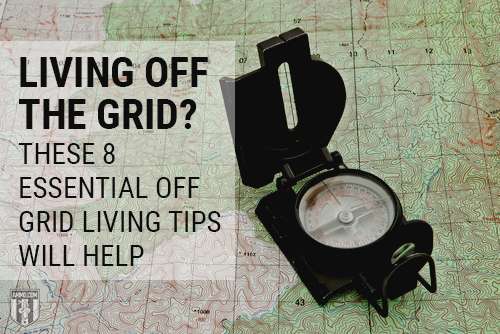
Self-Defense Measures for off-grid Living
While the idea of living off the grid may conjure up images of peace and solitude, the reality is that dangerous people can be a threat in remote areas. It is important to adopt self-defense measures and take steps to ensure your personal safety.
Learning self-defense techniques
Learning self-defense techniques can provide you with the skills and confidence to protect yourself in potentially dangerous situations. Consider enrolling in self-defense classes or workshops that teach effective techniques for escape, self-protection, and de-escalation.
Remember, self-defense is not just about physical techniques; it also involves being aware of your surroundings, identifying potential threats, and making informed decisions to avoid dangerous situations whenever possible.
Carrying non-lethal protective tools
Carrying non-lethal protective tools can provide an extra layer of security in off-grid living situations. These tools are designed to incapacitate or deter potential attackers without causing permanent harm. Some examples of non-lethal protective tools include:
- Pepper spray or mace: These substances can temporarily disable an attacker by causing severe irritation to the eyes, nose, and skin.
- Personal alarms: Loud personal alarms emit a loud, attention-grabbing sound that can help deter an attacker and alert others to your situation.
- Stun guns or tasers: These devices can deliver an electric shock to temporarily incapacitate an assailant, giving you time to escape.
Before carrying any non-lethal protective tools, research the local regulations and ensure that you are using them responsibly and within the confines of the law.
Developing situational awareness
Developing situational awareness is crucial for personal safety, particularly in off-grid living situations where potential threats may be present. Being aware of your surroundings, understanding potential risks, and recognizing any changes or anomalies in your environment can help you anticipate and react to dangerous situations effectively.
Practice mindfulness and pay attention to your instincts. If something feels off or you notice unusual behavior or individuals in your area, trust your intuition and take appropriate action to ensure your safety.
Establishing community networks for safety
Building community networks is essential for safety in off-grid living. Reach out to your neighbors and establish connections within the local off-grid community. By building relationships and fostering a network of support, you can rely on others for assistance, share information about potential threats, and collectively work towards a safer living environment.
Collaborate with fellow off-gridders to establish communication protocols, regular check-ins, and support systems. By looking out for one another, you can increase security and create a stronger and more resilient community.
Acquiring Necessary Skills and Resources for off-grid Living
Living off the grid requires a diverse range of skills, resources, and equipment to ensure your safety and well-being. By acquiring the necessary tools and knowledge, you can enhance self-reliance and build a sustainable off-grid lifestyle.
Learning survival skills
Survival skills are fundamental for off-grid living, as they provide you with the knowledge and abilities to survive in challenging situations. Some essential survival skills to consider learning include:
- Shelter building: Knowing how to construct various types of shelters using natural materials can provide protection from the elements.
- Fire starting: Understanding different fire-starting techniques, including using flint and steel or friction methods, is vital for warmth, cooking, and signaling for help.
- Water sourcing and purification: Learning how to find and purify water from natural sources can ensure your hydration and prevent waterborne illnesses.
Additionally, consider acquiring skills such as navigation, first aid, and basic food preservation techniques, as these can be invaluable in off-grid living scenarios.
Obtaining appropriate safety gear and equipment
To enhance your safety and preparedness, it is important to acquire the appropriate safety gear and equipment for off-grid living. Some essential items to consider include:
- First aid kit: A well-stocked first aid kit is crucial for addressing injuries and medical emergencies in remote areas.
- Survival knife or multi-tool: These versatile tools can assist with a variety of tasks, including shelter building, fire starting, and food preparation.
- Lighting equipment: Ensure you have reliable lighting equipment, such as flashlights, headlamps, or lanterns, to provide illumination during the night or in emergencies.
- Communication devices: Invest in communication devices that can function in remote areas, such as satellite phones or handheld radios, to maintain contact with the outside world and emergency services if needed.
Evaluate your specific needs and the potential risks in your area to determine the necessary safety gear and equipment to have on hand.
Establishing reliable communication methods
Maintaining effective communication is essential for safety and emergency situations. In off-grid living, reliable communication methods can be vital for summoning help or reaching out to loved ones during emergencies.
Explore communication options that are suitable for your off-grid location. This may include investing in satellite phones, two-way radios with long-range capabilities, or even utilizing alternative methods such as signal mirrors or whistles to attract attention.
Develop communication protocols and establish regular check-ins with loved ones to ensure that everyone is safe and accounted for. Keep in mind that backup power sources, such as solar chargers or portable generators, can be critical to maintaining communication devices in off-grid settings.
Building a sustainable off-grid lifestyle
Achieving a sustainable off-grid lifestyle involves integrating self-sufficiency, environmental conservation, and safety. In addition to acquiring necessary skills and resources, it is important to adopt practices that promote long-term sustainability.
Consider implementing eco-friendly solutions, such as renewable energy sources like solar panels or wind turbines, to fulfill your energy needs. Practice organic gardening or permaculture techniques to cultivate your own food sustainably. Additionally, establish water conservation methods and waste management systems to minimize your environmental impact.
By building a sustainable off-grid lifestyle, you not only enhance your safety and self-reliance but also contribute to the preservation of the natural environment.
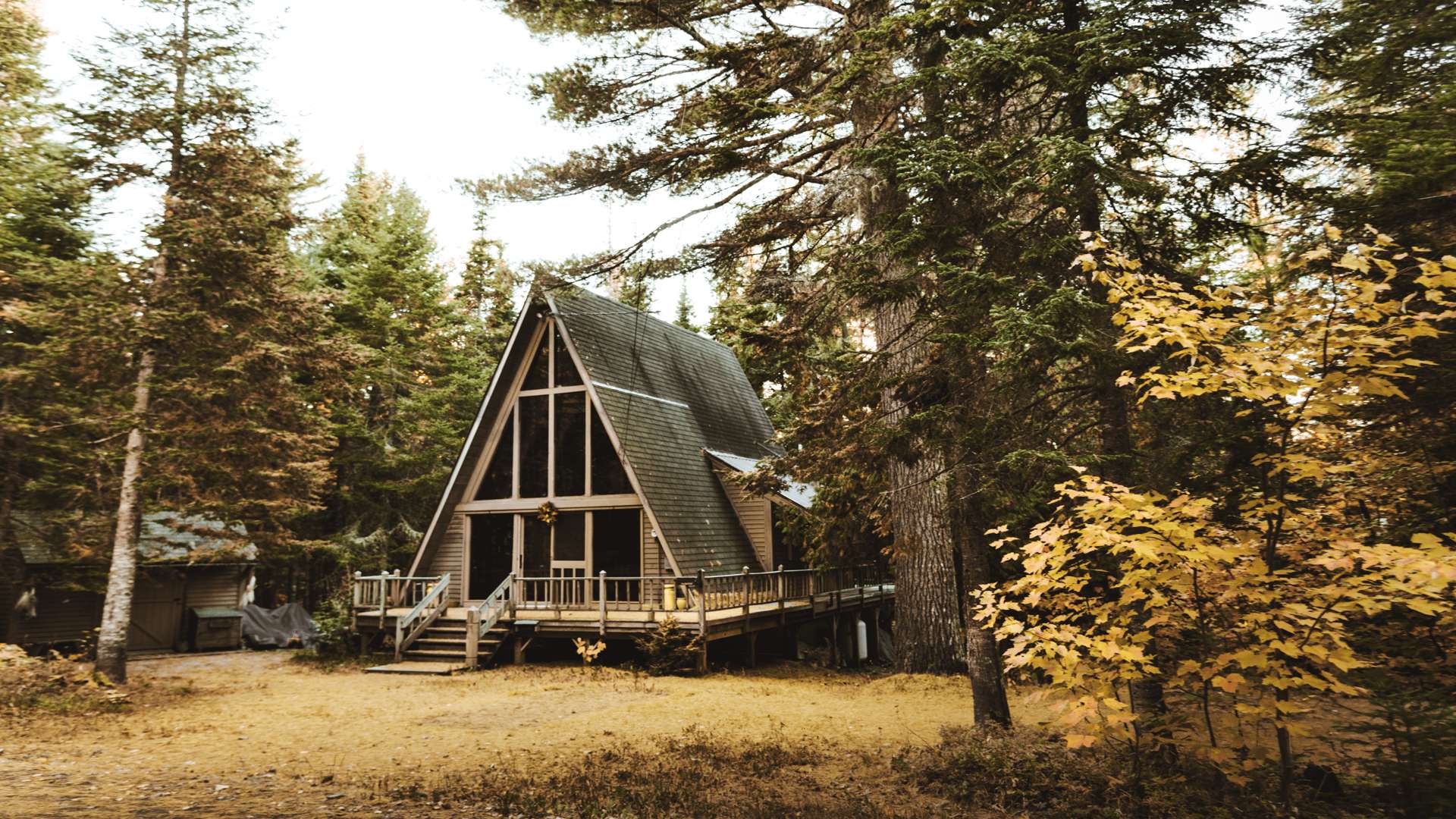
Proper Planning for a Safe off-grid Lifestyle
While living off the grid can be liberating, it is essential to engage in proper planning to ensure a safe and secure lifestyle. Comprehensive planning involves assessing risks, identifying escape routes, establishing effective communication protocols, and regularly reviewing safety measures.
Creating a comprehensive off-grid living plan
A comprehensive living plan should encompass various aspects of off-grid living, including safety, sustainability, and self-reliance. This plan should outline your goals, strategies for food and water provision, emergency preparedness measures, and potential risks associated with your chosen off-grid lifestyle.
Include contingency plans for various scenarios, such as extreme weather events, medical emergencies, or potential threats. Regularly review and update your plan as needed to reflect any changes or new information.
Identifying escape routes and evacuation plans
In the event of an emergency or disaster, having escape routes and evacuation plans is crucial. Identify multiple safe escape routes from your property and develop evacuation plans that consider different emergency scenarios.
Ensure that all household members are familiar with these plans and know how to safely evacuate in an emergency. Designate meeting points or safe locations where you can gather and regroup in the event of separation.
Establishing communication protocols with loved ones
Effective communication during emergencies is essential to ensure the safety and well-being of your loved ones. Establish communication protocols with your family, friends, or designated emergency contacts.
Ensure that everyone knows how to reach each other in various emergency scenarios. Designate a primary and backup communication method, such as specific phone numbers or messaging platforms, and establish regular check-ins to confirm everyone’s safety.
Regularly updating and reviewing safety measures
Off-grid living is not a static experience, and it is important to regularly review and update your safety measures. As circumstances change and new risks arise, adapt your plans and precautionary measures accordingly.
Regularly check and maintain safety equipment, replenish emergency supplies, and refine your strategies for addressing potential risks. Stay informed about any local safety guidelines or regulations that may affect your off-grid living and adjust your plans accordingly.
Remember that prioritizing safety and planning for potential risks is an ongoing process. By regularly updating and reviewing your safety measures, you can ensure a safer and more secure off-grid lifestyle.
Conclusion
Living off the grid can offer a unique and rewarding experience, but it requires careful planning, knowledge, and self-sufficiency to ensure a safe and secure lifestyle. By assessing risks, acquiring necessary skills and resources, and implementing proper safety precautions, you can achieve a balanced and sustainable off-grid lifestyle.
Remember, achieving a safe and secure off-grid lifestyle is not just about individual measures; it involves taking proactive steps and building community networks for support. By prioritizing personal safety, embracing self-reliance while balancing necessary precautions, and fostering a sense of community, you can navigate the challenges of off-grid living with confidence and peace of mind.




